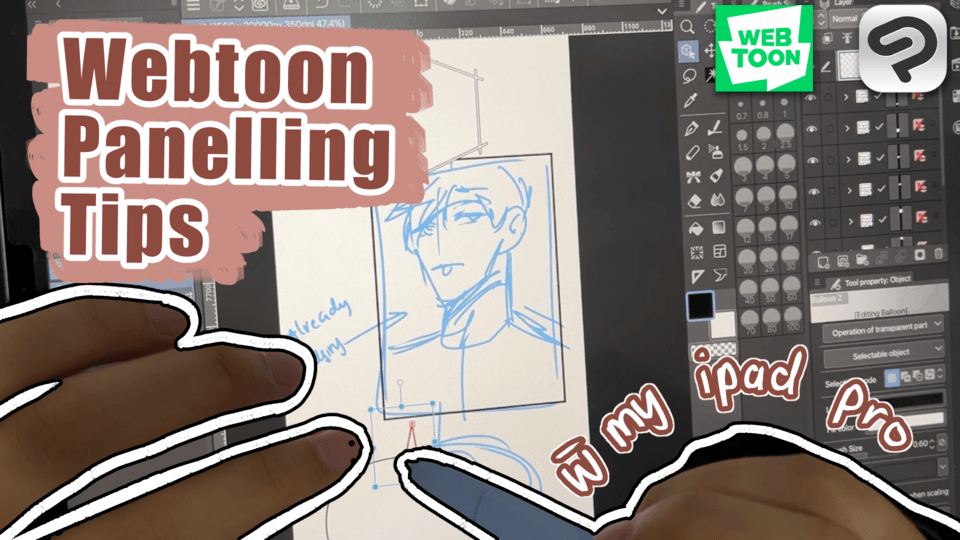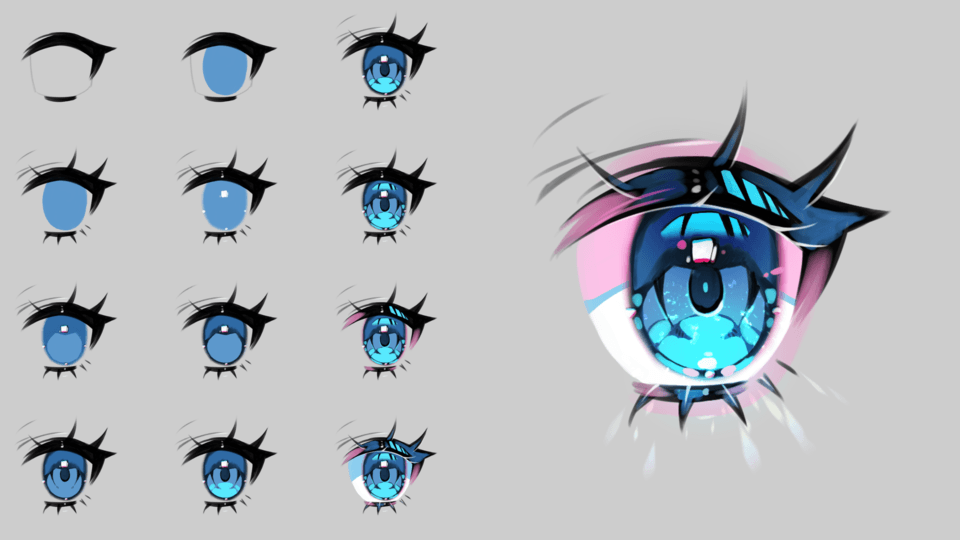How to draw flowers quickly
- This technique is not a tutorial on the structure of flowers. Since it is a quick drawing method, the final product achieved is not a exquisite image.
This quick drawing method can be used to "draw a large number of flowers at one time" or "doodle with better rendering".
If you are proficient in this technique, you can complete a complex double-petaled flower in as little as 5 minutes*.
Of course, this method can also be improved to draw flowers with exquisite details (you must spend more time on coloring and modifying the outline)
canvas size
- First, open a large canvas,
The so-called "large" depends on the intended finished size. For example: assuming the final size is "A", then the original size should be at least 2 to 3 times the size of "A".
- Try not to skip this step, because when you finally look at the picture, you will see the overall effect first, not the details**
When the large picture is reduced, the messy strokes when painting will also be compressed together. After the messy strokes are compressed, they will become details in the small picture.
Flower prototype
- The first step in drawing flowers is to draw the "shape" of the entire flower. The following is an example of a double flower with an oblique side angle.
※You can choose whether to add a border effect according to your personal preferences
- Use your favorite [Brush] or [Lasso Tool] to quickly draw the shape of the flower. Don’t pay too much attention to the outline, just let the shape be natural, because the growth of plants is inherently uncertain.
Then repair the cracks on the petals, you can skip this step.
Painting different types of flowers also starts with the same method. This technique is suitable for various angles. The difficulty of painting is usually side > back > oblique side > front.
It may be easier to understand using flowers with diagonal angles as a painting demonstration. It also contains a variety of angle characteristics.
If you want to learn to draw flowers from different angles, please use your browser to find real flowers as a reference, or go out for a walk and take some photos of flowers as a practice.
Color/shade/heavy color
- Take the stamen as the center, draw a large area of shadow color (or heavy color), and retain the original color near the edge.
You can use your own custom brushes for coloring, and you can also use the [default brushes] in the software to achieve good results.
Starting from the following, the left side is [non-default brush] and the right side is [default brush].
Add petals
- Add a new layer and draw a new layer of petals according to the angle of the flower.
As an example in the picture below, the blue dot is the pistil (the center of the flower), and the arrow is the direction of petal growth.
- Just draw the petals that can be clearly seen on a new layer. There is no need to draw the entire petal to connect the pistil/calyx.
If you are proficient in this step, you can draw multiple petals on the same layer at once.
※But try not to draw too many petals on the same layer at once, otherwise it will be difficult to modify the outline of the petals later
★ Tips for drawing petals on a new layer: only draw the parts that can be clearly seen
This technique is usually used for double flowers with petals stacked in layers. Just draw the exposed and upward part, as shown below (flower cross-section)
Even if you can see the blue frame area slightly, you only need to draw the edge of the petals in the red frame area, because the undrawn part can be replaced by the existing layer below.
Add the same shadow color as the first layer (or a heavy color)
Use primary colors to appropriately highlight and modify the edges of the petals.
- Create a new layer, follow the previous steps to draw new petals, and color them as described above.
By analogy, draw until you are satisfied with the number of petals.
final touches
- After all the petals are painted, first emphasize the shadows, and then adjust the outline of the petals
Find the gaps between the petals on each layer and paint a dark shadow.
Draw reflected light or light transmission (can be omitted) on the dark surface at the junction of light and dark
- Since this is a quick drawing method, the "overall shape" and "color coordination" are the primary goals, and the areas that are not satisfactory can be easily and quickly adjusted.
It is complete after modifications are made.
Practical usage
Time-saving Doodle
A large number of decorations, for example: quickly draw a few flowers at one time, use the [Transformation tool] to adjust slightly, and can be used repeatedly
Close background decoration, no need to look carefully at the details
Regardless of whether the structure of the flower is simple or complex, you can use this method to quickly draw.
























Comment